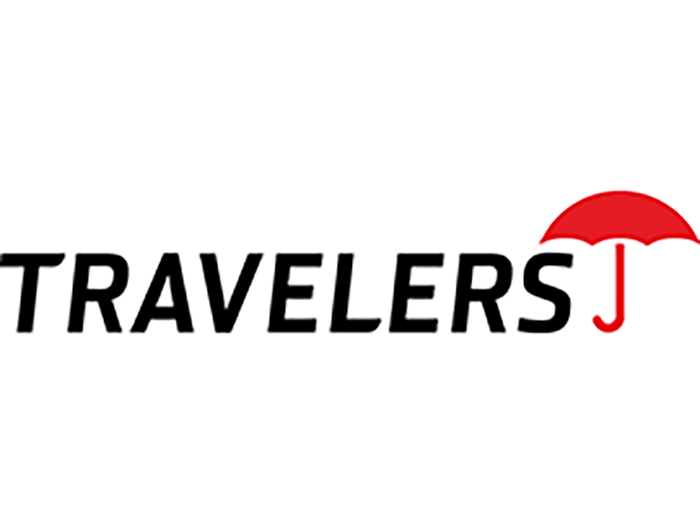Recent Zoo Accidents Highlight the Importance of Risk Management for Animal Parks
Zoos and animal parks present a number of unique challenges when it comes to risk management. Two recent high-profile incidents, including a 22-year-old intern who was killed by a lion at a wild animal refuge in North Carolina, and a two-year-old injured when she got into a rhino pen at a Florida zoo, should serve as a reminder for zoos and animal parks to review their insurance and risk management practices.
One of the unique risk management challenges zoos and animal parks face relates to animal enclosures. Where concrete and cages were once the norm to keep the animals in and people out, the trend toward natural environments and up-close experiences present security challenges for these attractions.
This was evidenced recently when a two-year-old stumbled into a rhino exhibit at the Brevard Zoo. The zoo’s rhino enclosure allows visitors to pet and touch the rhinos between large steel poles. The poles, which are 11 inches apart, were wide enough for the child to fall backward between them.
This incident underscores the need for zoos and animal parks to take a hard look at their animal enclosures, evaluating the current safety and security of these enclosures and considering additional physical barriers such as fences, moats and safety glass to help prevent accidents.
To manage the threat and reduce the risk posed to visitors and employees, animal attractions should have incident management plans in place that include dangerous animal response teams. The Cincinnati Zoo has such a team, which was activated when a 400-pound gorilla grabbed a three-year-old boy who climbed into the animal’s enclosure. The sharpshooter who killed the gorilla was a specially-trained zoo staffer on the zoo’s dangerous-animal emergency team.
The potential of diseases transmitted from animals to visitors is another risk management issue for zoos and animal parks. Zoonotic diseases are infectious diseases spread between animals and people. These germs can cause many different types of illnesses in people and animals, ranging from mild to serious illness and even death.
According to the CDC, 60 percent of known infectious diseases in people are transmitted from animals. Animal attractions can mitigate exposure to this risk by posting highly visible signage to encourage guests to wash their hands after petting the animals and testing their animals for diseases.
Zoos and animal parks are also not immune to catastrophic risks that other entertainment venues such as amusement parks and arenas face, and must continually assess how to shield and protect the visiting public and employees.
In addition to planning for public venue catastrophic events, such as an active shooter, animal attractions must also uniquely plan for catastrophic risk factors that occur when a dangerous animal escapes or when visitors or workers encounter deadly animals in animal enclosures.
To manage the threat and reduce the risk posed to visitors and employees, animal attractions should have incident management plans in place that include dangerous animal response teams. The Cincinnati Zoo has such a team, which was activated when a 400-pound gorilla grabbed a three-year-old boy who climbed into the animal’s enclosure. The sharpshooter who killed the gorilla was a specially-trained zoo staffer on the zoo’s dangerous-animal emergency team.
Use of lethal force like this is rare. But when it does happen, it can have significant and lasting impacts on the attraction’s reputation, brand and balance sheet. Attractions need to plan for catastrophic incidents like these especially as they relate to the potential for business interruption.
Advance planning for the potential liability and fallout resulting from a catastrophic incident can help attractions manage the impact of these events, minimize risk exposure and enable them to better rebound from these incidents.
Many zoos and animal parks are nonprofits, which means they may not have the resources to hire a full risk management team. And while one-third to one-half of zoo accidents involve slip and falls or vehicle accidents in the parking lot, which are common to many public venues and more easily planned for, the unique liability issues facing animal attractions require a solid partnership with an insurer with expertise in the field.
It is imperative for attractions like zoos and animal parks to give their insurer a seat at the table to plan for the unthinkable and the unexpected. As a true partner, the insurer will be very involved with the attraction, helping effectively assess and address potential risk factors through underwriter site visits and helping put in place tested, proven contingency plans that are peer reviewed from a benchmarking and analytics standpoint.
Recent incidents at zoos and animal parks highlight the importance of having an ongoing process for reviewing and managing risk and working with a trusted insurance advisor who can help identify and plan for the unique liability issues these attractions face. Failure to do this can have a lasting impact on revenue, reputation and even the survival of the attraction.










